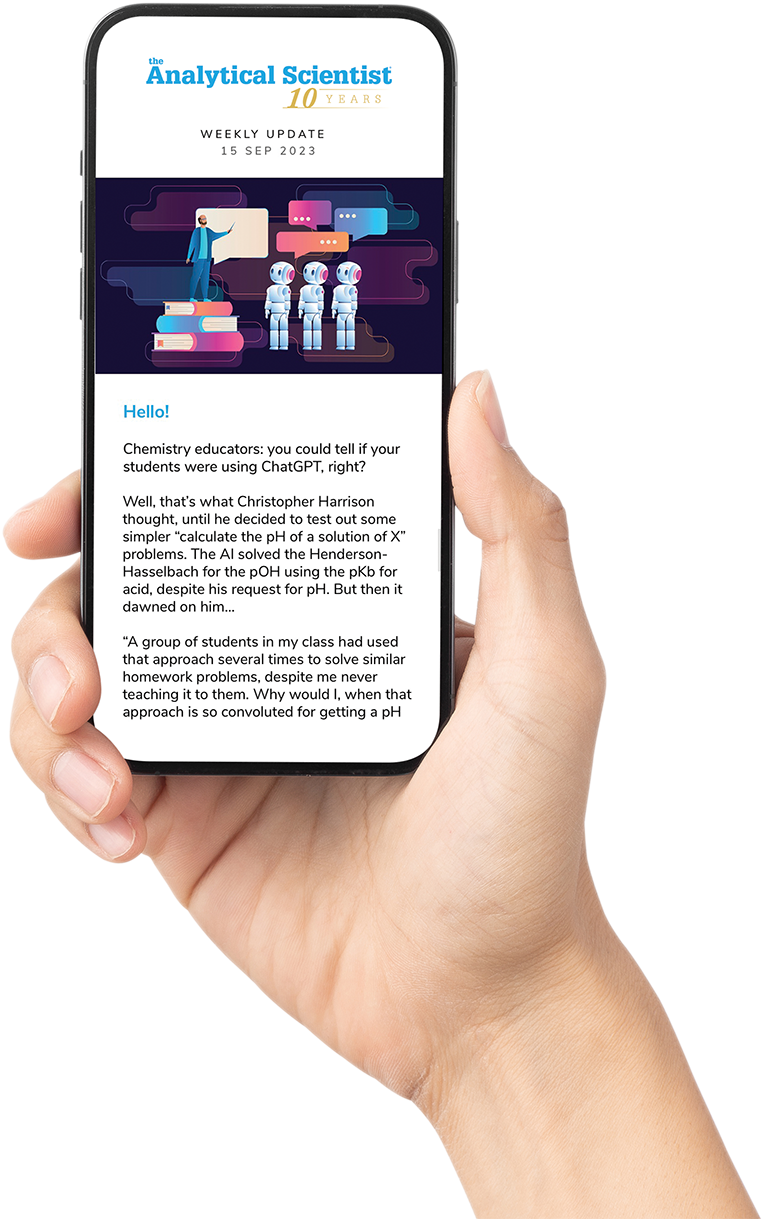Early disease detection leads to faster, more effective treatments and improved outcomes. These fundamental goals underpin newborn screening for rare inherited disorders. We can apply the lessons learned from more than a half decade of newborn screening to some of the issues surrounding infectious disease detection – specifically, COVID-19. Today, we undertake the public health mission of saving lives every day for hundreds of thousands of newborns. What can we, as analytical scientists, take from this work to improve our response to the current pandemic?

To answer that question, we must ask another: what are the key issues facing screening in healthcare? One is false results. To be useful in a public health screening environment, a method must have a target of zero false negatives and exceptionally low false positives. Furthermore, it must be able to test large numbers of samples accurately and precisely; it must be affordable to the consumer or payer; and samples collected must be adequate. What makes a sample adequate? It must be:
- the appropriate biological matrix of the target marker
- stable enough to meet the logistics of a large patient population
- accessible and readily available
How can we possibly address all of these needs? Current newborn screening protocols provide an excellent model.
False results are a real issue for any test and their impact is often poorly understood. In clinical chemistry, a false negative or missed case is unacceptable. Without detection, there is no path to early intervention and treatment. Positive results are subject to confirmation through additional screening or diagnostic tests. A true positive is usually confirmed by other information and by a clinical diagnosis; false positives cannot be confirmed and are ultimately categorized as normal.
Our methods have high sensitivity and specificity. For instance, in newborn screening, tandem MS replaced other methods because it was more accurate and precise in its measurements for many diseases. In fact, clinicians needed new action plans because a “presumed positive” was so much more likely to be a true positive and thus could be acted on while confirmatory testing was still underway.
There are many different COVID-19 tests with different rates of “false alarms” – understandable in an emerging disease with only a few months of research history. What matters is that clinicians and public health experts understand the accuracy of each test and communicate it well to patients. Ultimately, every COVID-19 test we have is a step along the path to a diagnosis. The diagnosis is made when we combine initial test results with confirmatory testing and the signs and symptoms of COVID-19.
It is the role of the analytical community to provide the best tools for screening and diagnostics, minimize false results, and ensure that the data generated lead to improved care. Looking at newborn screening is one way to better understand these principles and apply them to COVID-19 screening. It’s my hope that, one day soon, we will be able to do for COVID-19 testing what we have achieved with newborn screening. In the meantime, I urge my colleagues to look to the children – because in our existing screening models may lie better solutions for COVID-19.




